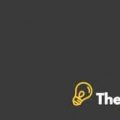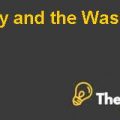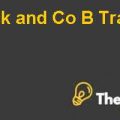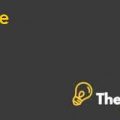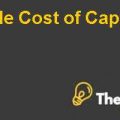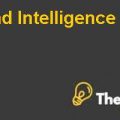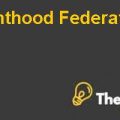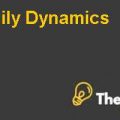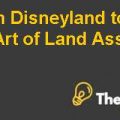The Sustainability Accounting Standards Board (Abridged) Case Study Solution
Introduction
The Sustainability Accounting Standards Board (SASB) which originated in 2011 is known to be a non-profit organization. Its mission is to develop and publicize sustainability accounting standards that support publicly listed companies in the United States to disclose financial material sustainability information to investors. The organization's founder and CEO, Dr. Jean Rogers, hoped that SASB standards would be extensively accepted by companies and investors, leading to upgraded sustainability performance and better transparency in reportage.
In May 2014, SASB hired Michael Bloomberg (the former mayor of New York City) and Mary Schapiro (the former chairman of the Securities and Exchange Commission (SEC)) as new chair and vice-chair, correspondingly. This move was appreciated as a positive step towards achieving extensive approval of SASB standards by companies and investors. This report examines the case of SASB and discovers the organization's strategy, challenges, and opportunities.
Problem Statement
SASBs a nonprofit organization that has just been joined by the former New York City mayor, (Michael Bloomberg) and former chairman of SEC (Mary Schapiro) is struggling with the problem of how to safeguard the nonprofit's financial sustainability even though the company is pushing for the expansive approval of its nonfinancial accounting metrics.
Situational Analysis
Business Model
SASB’s business model is based on developing and distributing sustainability accounting standards for companies to use in their financial reporting. The organization has established industry-specific standards for numerous sectors of the economy and strategized to cover all industries by 2016. The standards cover a wide spread of sustainability issues, counting environmental, social, and governance (ESG) factors. SASB’s approach to sustainability reporting is based on materiality, which means that the organization focuses on sustainability issues that are most relevant and significant to a particular industry
. SASB’s standards are voluntary, which means that companies are not required to report on their sustainability performance using SASB’s standards. Instead, SASB depends on the voluntary uptake of its standards by companies, investors, and other stakeholders. SASB’s business model also involves selling educational products, such as training courses and webinars, to companies and investors to help them understand and implement the standards.
Evaluation of Business Model
SASB’s business model has several strengths. First, the organization’s focus on industry-specific standards allows companies to report on sustainability issues that are most relevant to their business operations. This approach is more effective than a one-size-fits-all approach to sustainability reporting, as it allows for greater customization and relevance of the reporting. Second, SASB’s voluntary standards approach is more flexible than mandatory reporting requirements, which can be burdensome for companies. It also provides a market-driven approach to sustainability reporting, which can encourage companies to adopt sustainable practices to remain competitive.
However, there are also some weaknesses in SASB’s business model. The voluntary uptake of its standards may not be sufficient to achieve widespread adoption, as some companies may not see the value in reporting on sustainability performance using SASB’s standards. Additionally, SASB’s reliance on philanthropic funding means that it may struggle to sustain itself financially in the long term. Finally, SASB’s standards may not be comprehensive enough to capture all relevant sustainability issues, which could limit their usefulness to investors.
Approach to Sustainability Reporting
SASB’s approach to sustainability reporting is based on materiality, which means that the organization focuses on sustainability issues that are most relevant and significant to a particular industry. This approach allows for greater relevance and customization of sustainability reporting and helps companies to identify and address the most important sustainability issues for their industry.
SASB’s standards cover a wide range of sustainability issues, including environmental, social, and governance (ESG) factors. The organization has developed standards for several sectors of the economy, including healthcare, financials, and technology. SASB plans to cover all industries by 2016.
Evaluation of Approach to Sustainability Reporting
SASB’s approach to sustainability reporting has several strengths. The focus on materiality allows for greater relevance and customization of sustainability reporting, which can help companies to identify and address the most important sustainability issues for their industry. Additionally, the inclusion of a wide range of sustainability issues in the standards ensures that companies report on a comprehensive set of sustainability factors, which can provide investors with a more accurate picture of a company’s sustainability performance................
The Sustainability Accounting Standards Board (Abridged) Case Study Solution
This is just a sample partial case solution. Please place the order on the website to order your own originally done case solution.

